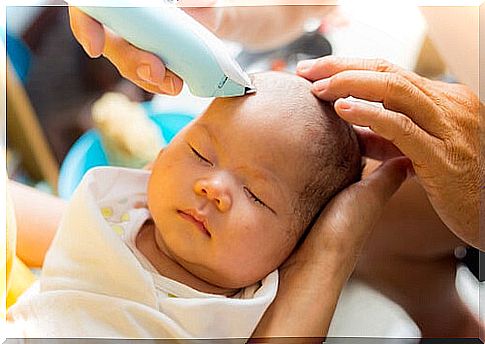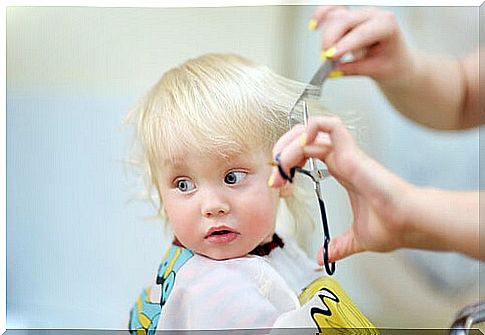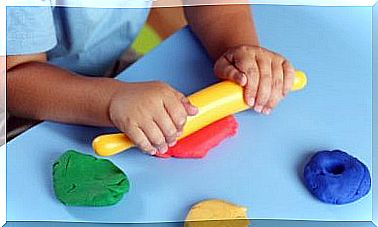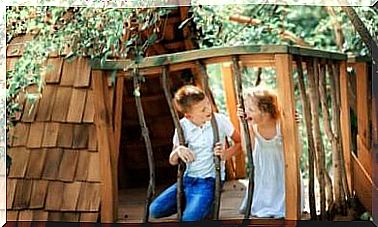When To Cut Baby’s Hair For The First Time?

The decision to cut the baby’s hair for the first time depends mainly on the parents’ agreement. It has nothing to do with a medical or aesthetic theme; contrary to popular belief, hair does not grow stronger after being cut.
Normally, babies are born with a certain amount of hair. In some it is abundant, while in others it is barely visible. This difference is due to the baby’s genetic condition; however, it is not a guarantee to avoid baldness in the future.
Just like the rest of your skin and nails, a baby’s hair is fragile. Therefore, in the first days of life it will tend to fall; especially at the back of the head, where it is normally supported.
When is the right time to cut your baby’s hair?
There is no set ideal time to cut a baby’s hair. The decision will depend on the parents, their wishes and common sense. An important consideration before deciding is to know that a baby levels her body temperature through the head; take into account that a premature cut can leave you exposed to the cold.
Another important consideration is recognizing all the changes a baby experiences at birth. He’s just getting used to living outside the womb, in the face of exposure to so many stimuli. That’s why some experts recommend waiting one to two months to make the first cut.
A good reason to put off haircuts is that as early as three months, babies start to support their heads. This way, the process becomes easier, whereas at 5 or 6 months they are already sitting on their own.

How to cut baby’s hair?
Some people prefer to cut their baby’s hair at home. Other parents leave this job to specialists in children’s hair salons. The truth is, if it’s just a matter of hitting a few edges, a proper pair of scissors will do the trick.
Another way to cut your baby’s hair is with a hair clipper. Combs allow you to select the amount of hair you want to reduce. When using this type of machine, you should not press the child’s head or rush too fast.
The best time to cut your baby’s hair is when he’s calm, either because he’s just eaten or because he’s distracted by a toy. It is not necessary to wet the hair for a cut, as the strands are still very fine.
Recommendations for cutting baby’s hair
- Safety first. While cutting your baby’s hair doesn’t involve much of a risk, some safety measures are important. For example, the head must be held firmly to avoid sudden movements; the help of a third person may be needed the first time.
- Also, do not leave the scissors or cutter in the baby’s hand. Especially if the child already has some mobility.
- Wait for the right moment. Some babies feel distress at the sound of the machine or the presence of scissors; it is better to wait for the moment when he is most relaxed. In case of crying or discomfort, it is preferable to postpone the cut for another day.
- Measures during cutting. Placing a towel around the baby’s neck helps retain hair that has been cut. It is also possible to bathe the baby after the cut to eliminate any discomfort caused by the hair.
- Avoid using blades. Under no circumstances should razor blades be used to cut baby’s hair. The blades can be very invasive and can cause lacerations to the child’s scalp.

About the cradle and the first haircut
Cradle cap is a scale that appears on the scalp during the first few months of life in some babies. Although its causes are unknown, it is known to be completely harmless; it has a dandruff-like appearance and is yellowish in color.
Although it shouldn’t affect a baby’s first haircut, sometimes the scab can be too attached to the skin. For this reason, it is recommended to consult the specialist in advance. One way to get rid of cradle cap is to run a soft-bristled brush over your baby’s head.









